Copper wire, a fundamental component of modern electrical systems, has played a crucial role in shaping our world. From powering our homes and transmitting data to enabling technological advancements, copper wire is a versatile and essential material. This article delves into the fascinating world of copper wire, exploring its properties, uses, manufacturing process, and sustainability. Join us on a journey to unravel the wonders of copper wire and discover why it continues to be a cornerstone of countless industries. Understanding Copper Wire: Copper, a metal known for its excellent conductivity and malleability, has been used in various forms for centuries. When drawn into thin strands, copper exhibits even greater conductivity, making it an ideal material for electrical applications. Copper wire is commonly used in power transmission and telecommunications due to its low resistance and ability to carry high currents efficiently. Its versatility extends to various industries, including electronics, construction, automotive, and aerospace, where reliable electrical connections are paramount. Properties of Copper Wire: One of the key characteristics that make copper wire indispensable is its high electrical conductivity. Copper boasts a conductivity rating of approximately 97% that of silver, making it highly efficient in transmitting electricity. Additionally, copper exhibits excellent thermal conductivity, allowing it to dissipate heat effectively. Its malleability and ductility make copper wire easy to bend and shape, facilitating intricate wiring configurations without compromising performance. Furthermore, copper is corrosion-resistant, ensuring long-term durability and reliability in diverse environments. Types of Copper Wire: Copper wire comes in various types and configurations to suit different applications. The most common types of copper wire include solid, stranded, and braided wire. Solid copper wire consists of a single solid copper conductor and is suitable for permanent installations where flexibility is not a priority. Stranded copper wire, on the other hand, comprises multiple smaller strands twisted or braided together, offering enhanced flexibility and durability, making it ideal for applications that require frequent bending. Braided copper wire features interwoven strands for increased strength and conductivity, making it suitable for high-stress applications. Applications of Copper Wire: The versatility of copper wire lends itself to a wide range of applications across industries. In the electrical and electronics sector, copper wire is used in power distribution systems, wiring harnesses, circuit boards, and electrical motors. Telecommunications rely on copper wire for transmitting signals across vast distances due to its low attenuation and signal integrity. In construction, copper wire is essential for electrical wiring in buildings, ensuring a safe and reliable power supply. Automotive industries utilize copper wire for vehicle wiring, sensors, and connectors, benefiting from its high conductivity and heat resistance.
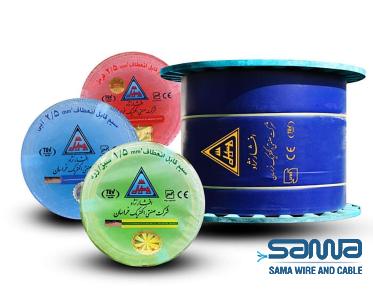
.
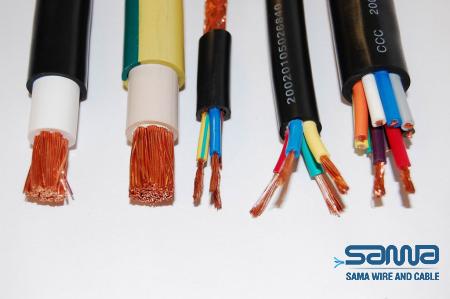 Moreover, aerospace applications leverage copper wire for avionics, communication systems, and critical electrical connections in aircraft. Manufacturing Process of Copper Wire: The manufacturing process of copper wire involves several stages to transform raw copper into the desired form for various applications. The journey begins with mining and extracting copper ore from deposits, which is then refined through a series of processes to obtain pure copper cathodes. These cathodes are melted and cast into billets or ingots, which are further processed into copper rods through hot rolling and extrusion. The copper rods are then drawn through a series of dies to reduce their diameter and length, forming the desired gauge of copper wire. The drawn wire is annealed to improve its flexibility and conductivity before undergoing surface treatment or insulation for specific applications. Advantages of Copper Wire: Copper wire offers numerous advantages that make it a preferred choice in the industry. Its high conductivity minimizes power loss during transmission, resulting in energy efficiency and cost savings. The durability and resistance to corrosion ensure a long operational lifespan, reducing maintenance requirements and replacement costs. Copper wire’s malleability allows for easy installation and routing in complex configurations, enhancing design flexibility. Additionally, copper is a recyclable material, promoting sustainability and environmental responsibility in manufacturing processes. Sustainability of Copper Wire: As sustainability becomes a focal point in industrial practices, copper wire stands out as an environmentally friendly option. Copper is a highly recyclable material, with nearly all copper scrap being recycled and reused in various applications. Recycling copper wire not only conserves natural resources but also reduces energy consumption and greenhouse gas emissions associated with mining and production.
Moreover, aerospace applications leverage copper wire for avionics, communication systems, and critical electrical connections in aircraft. Manufacturing Process of Copper Wire: The manufacturing process of copper wire involves several stages to transform raw copper into the desired form for various applications. The journey begins with mining and extracting copper ore from deposits, which is then refined through a series of processes to obtain pure copper cathodes. These cathodes are melted and cast into billets or ingots, which are further processed into copper rods through hot rolling and extrusion. The copper rods are then drawn through a series of dies to reduce their diameter and length, forming the desired gauge of copper wire. The drawn wire is annealed to improve its flexibility and conductivity before undergoing surface treatment or insulation for specific applications. Advantages of Copper Wire: Copper wire offers numerous advantages that make it a preferred choice in the industry. Its high conductivity minimizes power loss during transmission, resulting in energy efficiency and cost savings. The durability and resistance to corrosion ensure a long operational lifespan, reducing maintenance requirements and replacement costs. Copper wire’s malleability allows for easy installation and routing in complex configurations, enhancing design flexibility. Additionally, copper is a recyclable material, promoting sustainability and environmental responsibility in manufacturing processes. Sustainability of Copper Wire: As sustainability becomes a focal point in industrial practices, copper wire stands out as an environmentally friendly option. Copper is a highly recyclable material, with nearly all copper scrap being recycled and reused in various applications. Recycling copper wire not only conserves natural resources but also reduces energy consumption and greenhouse gas emissions associated with mining and production.
..
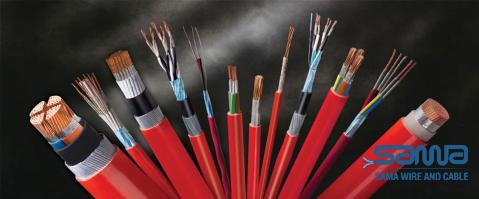 The circular economy model promotes the reclamation of copper from end-of-life products, contributing to a closed-loop system that minimizes waste and maximizes resource efficiency. Challenges and Future Trends: Despite its numerous benefits, copper wire faces challenges in the form of price fluctuations and supply chain disruptions. The fluctuating costs of copper can impact production budgets and project timelines, prompting industries to seek alternative solutions or cost-saving measures. Additionally, disruptions in the global supply chain can affect the availability of copper wire, leading to delays in manufacturing and delivery. To mitigate these challenges, industries are exploring innovations in copper wire technology, such as high-temperature superconductors and nanomaterials, to enhance performance and efficiency in electrical applications. Conclusion: In conclusion, copper wire remains a cornerstone of modern industrial applications, thanks to its exceptional properties, versatility, and sustainability. From powering our homes to connecting the world through telecommunications, copper wire plays a vital role in shaping our interconnected society. Understanding the properties, types, applications, and manufacturing process of copper wire sheds light on its importance and widespread use across industries. As industries strive for sustainable practices and technological advancements, copper wire continues to evolve, paving the way for innovative solutions and reliable electrical connections in the future. Embrace the wonders of copper wire and witness the power of this enduring material in driving progress and innovation. The Future of Copper Wire: Looking ahead, the future of copper wire is poised for continued growth and innovation as industries seek advanced solutions for evolving challenges. The rise of renewable energy sources, such as solar and wind power, presents new opportunities for copper wire in energy storage systems, grid integration, and electric vehicle charging infrastructure. Copper’s superior conductivity and efficiency make it an ideal choice for enhancing the performance and reliability of clean energy technologies.
The circular economy model promotes the reclamation of copper from end-of-life products, contributing to a closed-loop system that minimizes waste and maximizes resource efficiency. Challenges and Future Trends: Despite its numerous benefits, copper wire faces challenges in the form of price fluctuations and supply chain disruptions. The fluctuating costs of copper can impact production budgets and project timelines, prompting industries to seek alternative solutions or cost-saving measures. Additionally, disruptions in the global supply chain can affect the availability of copper wire, leading to delays in manufacturing and delivery. To mitigate these challenges, industries are exploring innovations in copper wire technology, such as high-temperature superconductors and nanomaterials, to enhance performance and efficiency in electrical applications. Conclusion: In conclusion, copper wire remains a cornerstone of modern industrial applications, thanks to its exceptional properties, versatility, and sustainability. From powering our homes to connecting the world through telecommunications, copper wire plays a vital role in shaping our interconnected society. Understanding the properties, types, applications, and manufacturing process of copper wire sheds light on its importance and widespread use across industries. As industries strive for sustainable practices and technological advancements, copper wire continues to evolve, paving the way for innovative solutions and reliable electrical connections in the future. Embrace the wonders of copper wire and witness the power of this enduring material in driving progress and innovation. The Future of Copper Wire: Looking ahead, the future of copper wire is poised for continued growth and innovation as industries seek advanced solutions for evolving challenges. The rise of renewable energy sources, such as solar and wind power, presents new opportunities for copper wire in energy storage systems, grid integration, and electric vehicle charging infrastructure. Copper’s superior conductivity and efficiency make it an ideal choice for enhancing the performance and reliability of clean energy technologies.
…
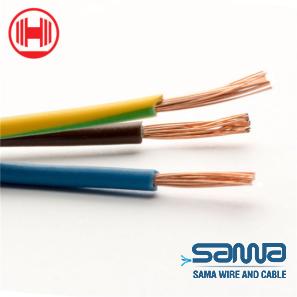 The transition to smart grid systems and electrified transportation further underscores the importance of copper wire in enabling efficient power distribution, energy management, and connectivity. Digitalization and the Internet of Things (IoT) are driving the demand for high-speed data transmission, prompting the development of high-bandwidth copper cables and connectors. Copper wire plays a crucial role in supporting the connectivity of IoT devices, sensors, and data centers, ensuring seamless communication and data transfer in a rapidly digitizing world. As the demand for faster and more reliable data networks continues to grow, copper wire technologies are evolving to meet the requirements of next-generation communication systems, such as 5G networks, artificial intelligence (AI), and cloud computing. Advancements in copper wire technology are opening new possibilities for miniaturization, high-frequency applications, and custom solutions tailored to specific industry needs. Nanotechnology and microfabrication techniques are being explored to enhance the performance and efficiency of copper wire in high-speed signal transmission, RF/microwave applications, and sensor technology. Copper’s unique properties, coupled with innovative manufacturing processes, are pushing the boundaries of what is achievable in terms of speed, reliability, and miniaturization in electronic devices and systems. Furthermore, the push towards sustainable practices and circular economy principles is driving the development of eco-friendly copper wire solutions that prioritize recycling, resource efficiency, and reduced environmental impact. The concept of “green copper” encompasses the use of recycled copper, eco-friendly production methods, and responsible sourcing practices to minimize the carbon footprint of copper wire manufacturing. Sustainable copper wire initiatives aim to promote transparency, traceability, and ethical practices throughout the supply chain, ensuring that the environmental and social impacts of copper production are managed responsibly. In conclusion, the future of copper wire is bright and filled with potential for innovation, collaboration, and sustainability. As industries embrace the opportunities presented by renewable energy, digital transformation, and sustainable development goals, copper wire will continue to be a crucial enabler of progress and connectivity. By understanding the evolving landscape of copper wire technology, industries can leverage its inherent strengths and adapt to changing market demands, regulatory requirements, and consumer preferences. Embracing the wonders of copper wire means embracing a future powered by efficiency, reliability, and sustainability – a future where connectivity knows no bounds.
The transition to smart grid systems and electrified transportation further underscores the importance of copper wire in enabling efficient power distribution, energy management, and connectivity. Digitalization and the Internet of Things (IoT) are driving the demand for high-speed data transmission, prompting the development of high-bandwidth copper cables and connectors. Copper wire plays a crucial role in supporting the connectivity of IoT devices, sensors, and data centers, ensuring seamless communication and data transfer in a rapidly digitizing world. As the demand for faster and more reliable data networks continues to grow, copper wire technologies are evolving to meet the requirements of next-generation communication systems, such as 5G networks, artificial intelligence (AI), and cloud computing. Advancements in copper wire technology are opening new possibilities for miniaturization, high-frequency applications, and custom solutions tailored to specific industry needs. Nanotechnology and microfabrication techniques are being explored to enhance the performance and efficiency of copper wire in high-speed signal transmission, RF/microwave applications, and sensor technology. Copper’s unique properties, coupled with innovative manufacturing processes, are pushing the boundaries of what is achievable in terms of speed, reliability, and miniaturization in electronic devices and systems. Furthermore, the push towards sustainable practices and circular economy principles is driving the development of eco-friendly copper wire solutions that prioritize recycling, resource efficiency, and reduced environmental impact. The concept of “green copper” encompasses the use of recycled copper, eco-friendly production methods, and responsible sourcing practices to minimize the carbon footprint of copper wire manufacturing. Sustainable copper wire initiatives aim to promote transparency, traceability, and ethical practices throughout the supply chain, ensuring that the environmental and social impacts of copper production are managed responsibly. In conclusion, the future of copper wire is bright and filled with potential for innovation, collaboration, and sustainability. As industries embrace the opportunities presented by renewable energy, digital transformation, and sustainable development goals, copper wire will continue to be a crucial enabler of progress and connectivity. By understanding the evolving landscape of copper wire technology, industries can leverage its inherent strengths and adapt to changing market demands, regulatory requirements, and consumer preferences. Embracing the wonders of copper wire means embracing a future powered by efficiency, reliability, and sustainability – a future where connectivity knows no bounds.
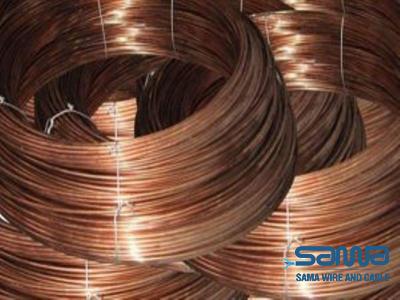
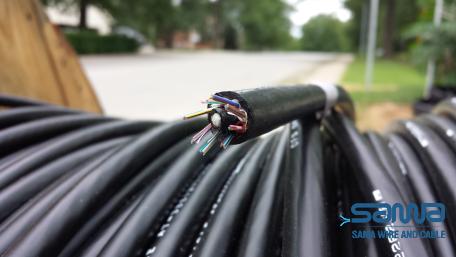
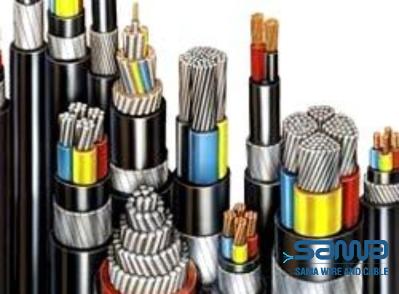
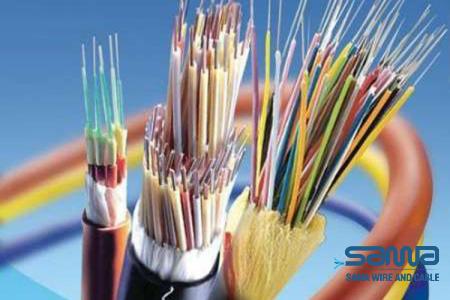

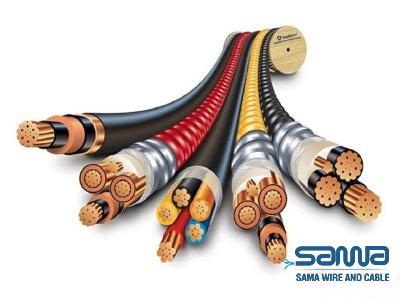
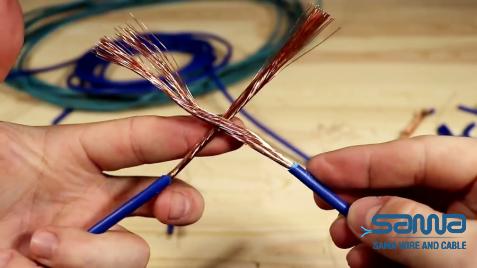
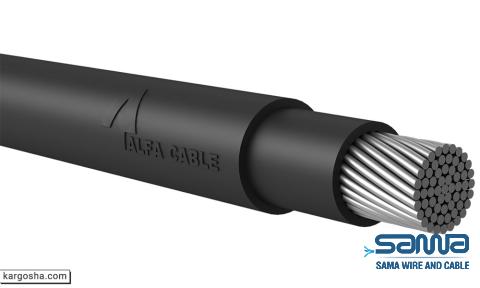
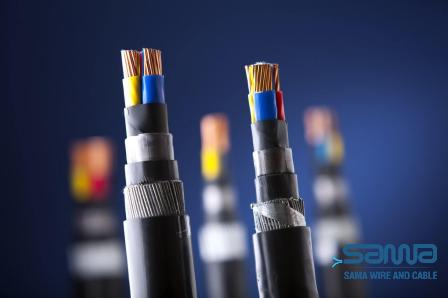
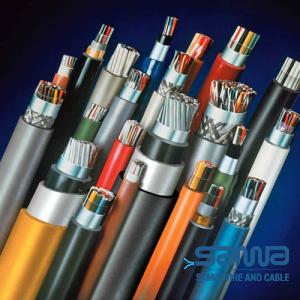
Your comment submitted.